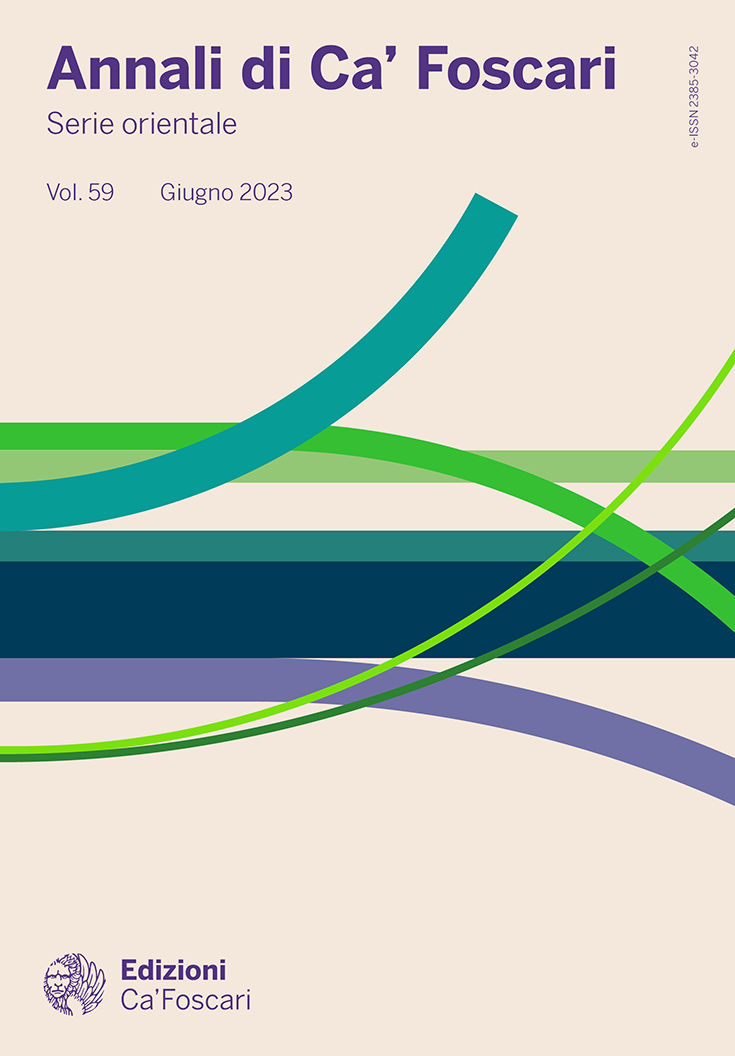
- search 125 views
- file_download 9 download
- keyboard_capslock metadata
-
mark_email_readIscriviti alla newsletter
Poetics of Propensity in Sinophone Fiction
An Analysis of Lai Hsiang-yin and Lee Wai Yi’s Ghost Narrative
abstract
This study aims to analyse two novellas, namely “Rain Tree” (“Yudou shu” 雨豆樹) by Lai Hsiang-yin 賴香吟 (2017) from Taiwan and “Away” (“Li” 離) by Lee Wai Yi 李維怡 (2018) from Hong Kong. This article attempts to understand how non-corporeal or non-representational ghost narratives become a mobile strategy for re-investigating mainstream narratives or the violence of modernity. Through the ‘de-temporalisation’ of the city and the momentary folding of time and space, Rain Tree reconsiders the meaning of Taiwan as a superior signifier. Away endeavours to reveal the ghostly nature underneath the instrumental rationality of Hong Kong, tapping into the fluctuating heterogeneity of modernity. This study also draws on Sinophone articulation to juxtapose two texts belonging to Taiwan and Hong Kong, thus highlighting how ghosts become a poetics of ‘propensity’ (shi 勢) within the Sinophone framework. These spectral entities transcend the confines of conventional categorisations and challenge the fixedness of ‘roots’. This strategy does not follow the logic of psychoanalytic selfhood or postcolonial grand narratives, but rather a fluid nature and potential.
Keywords: Sinophone literature • Lai Hsiang-yin • Ghost narrative • Poetics of ‘propensity’ • Lee Wai Yi



